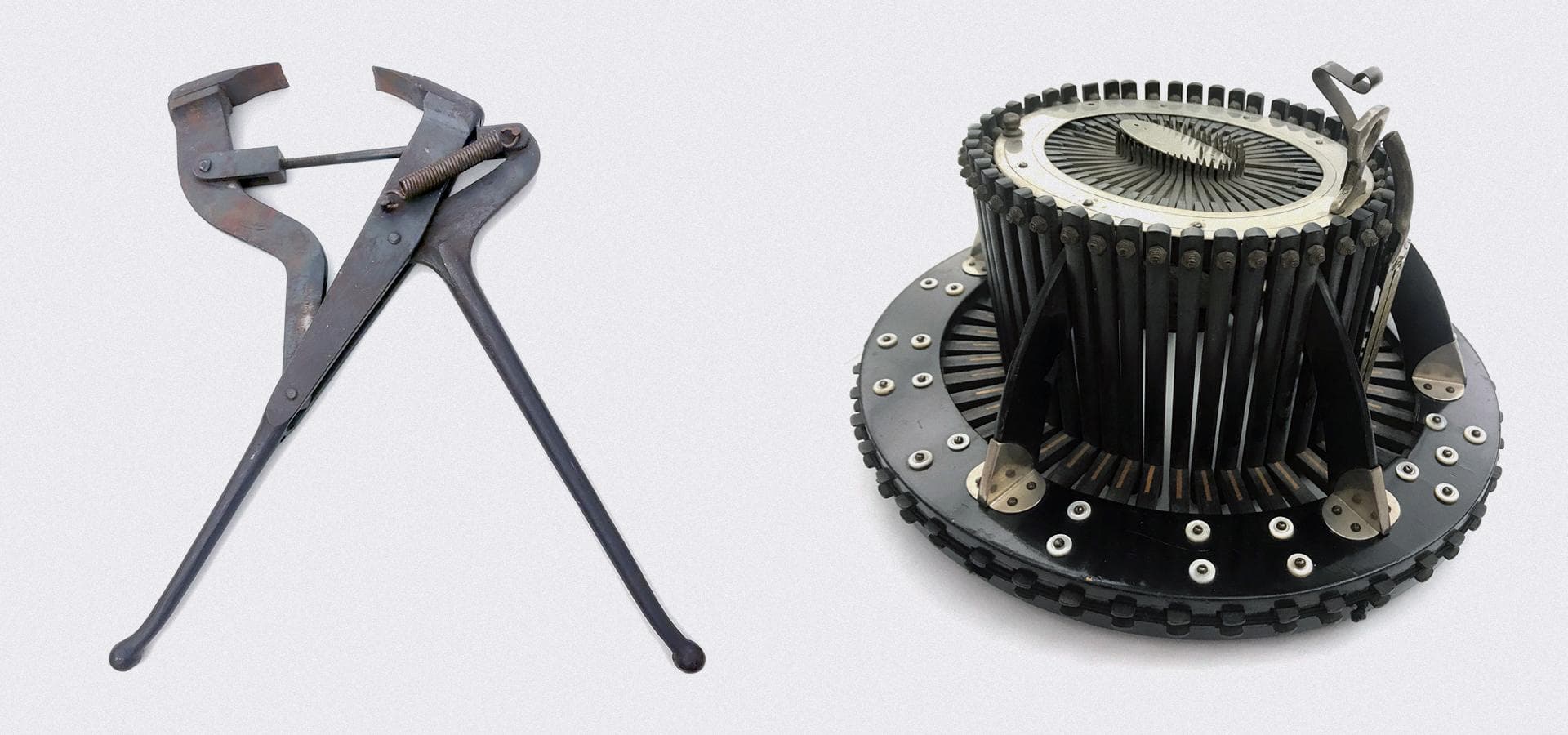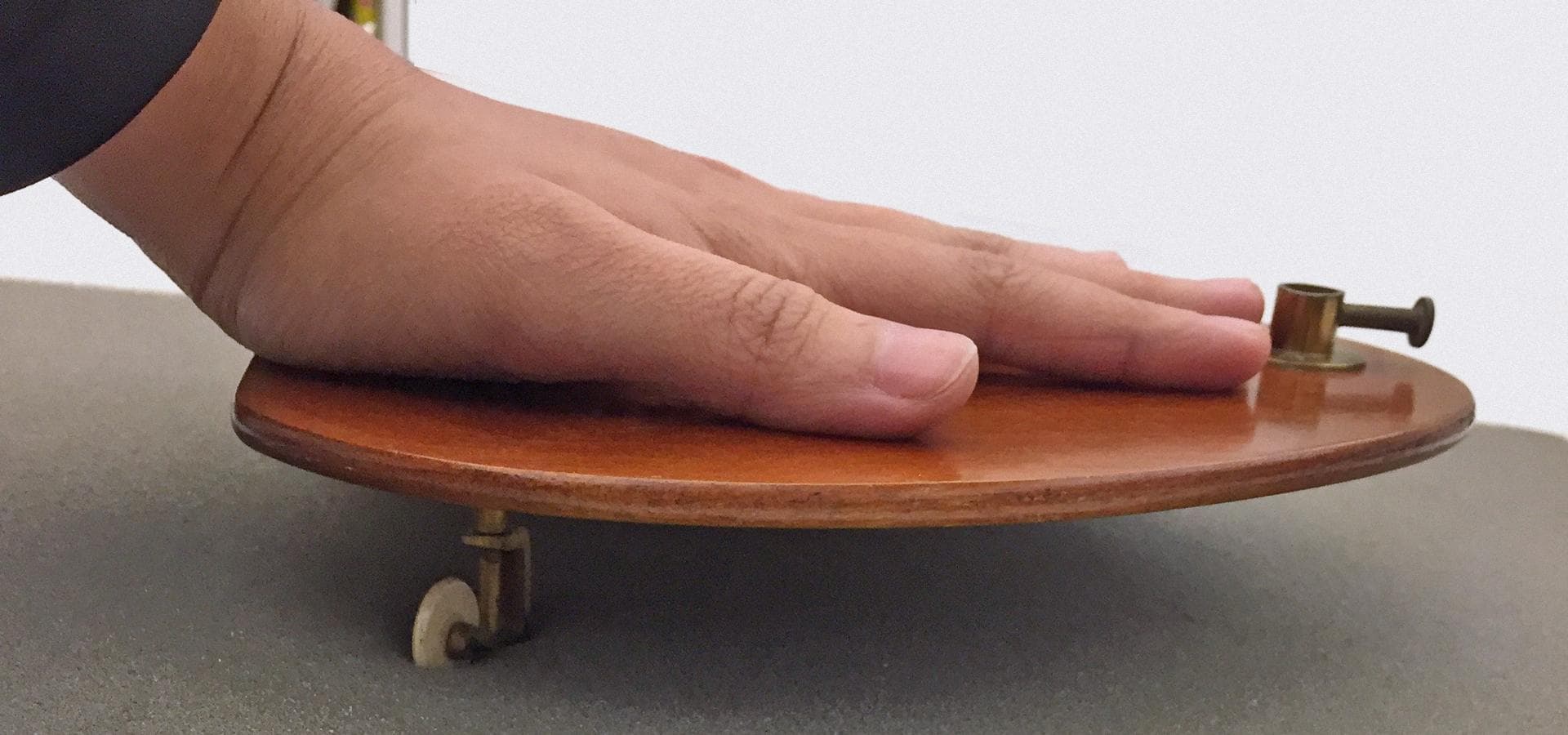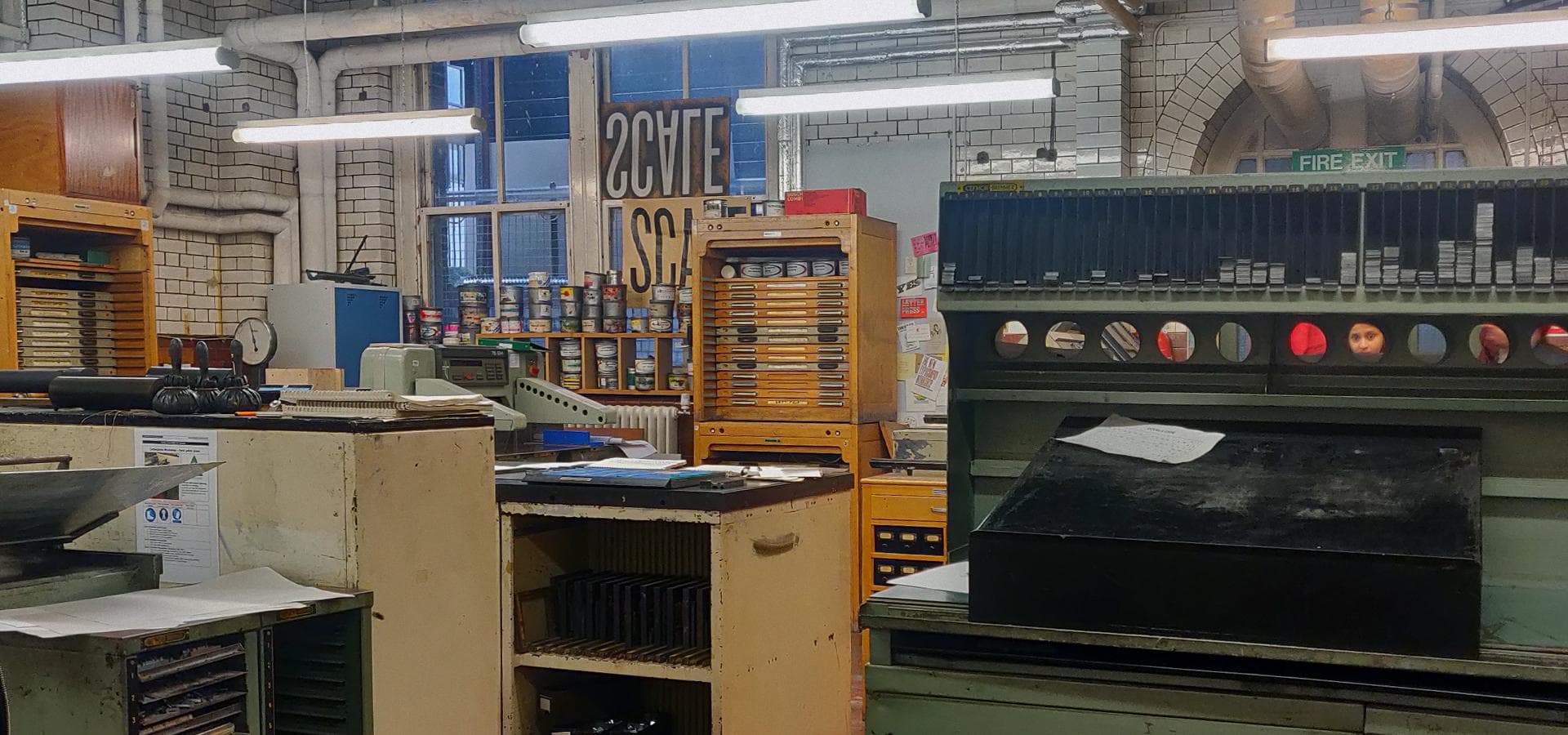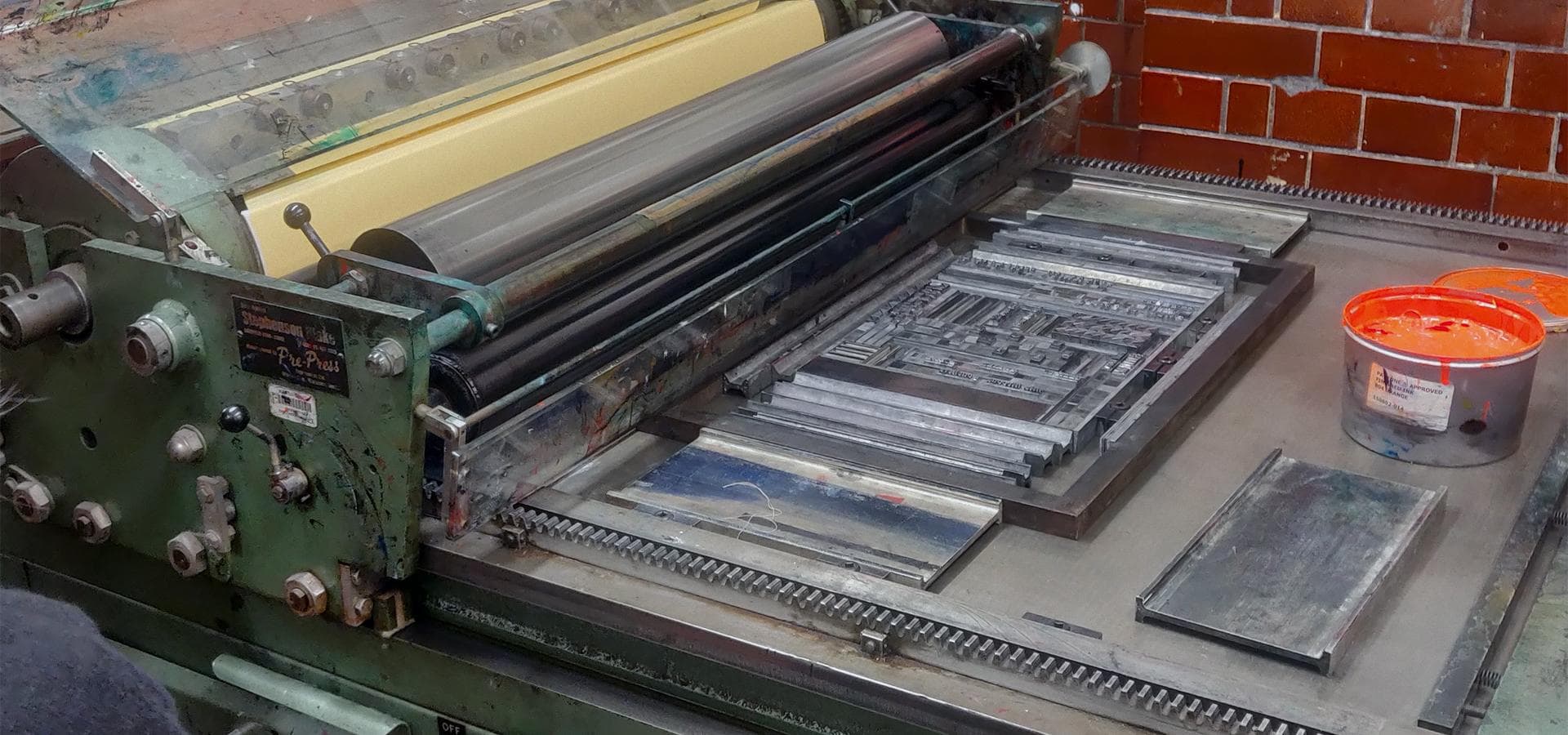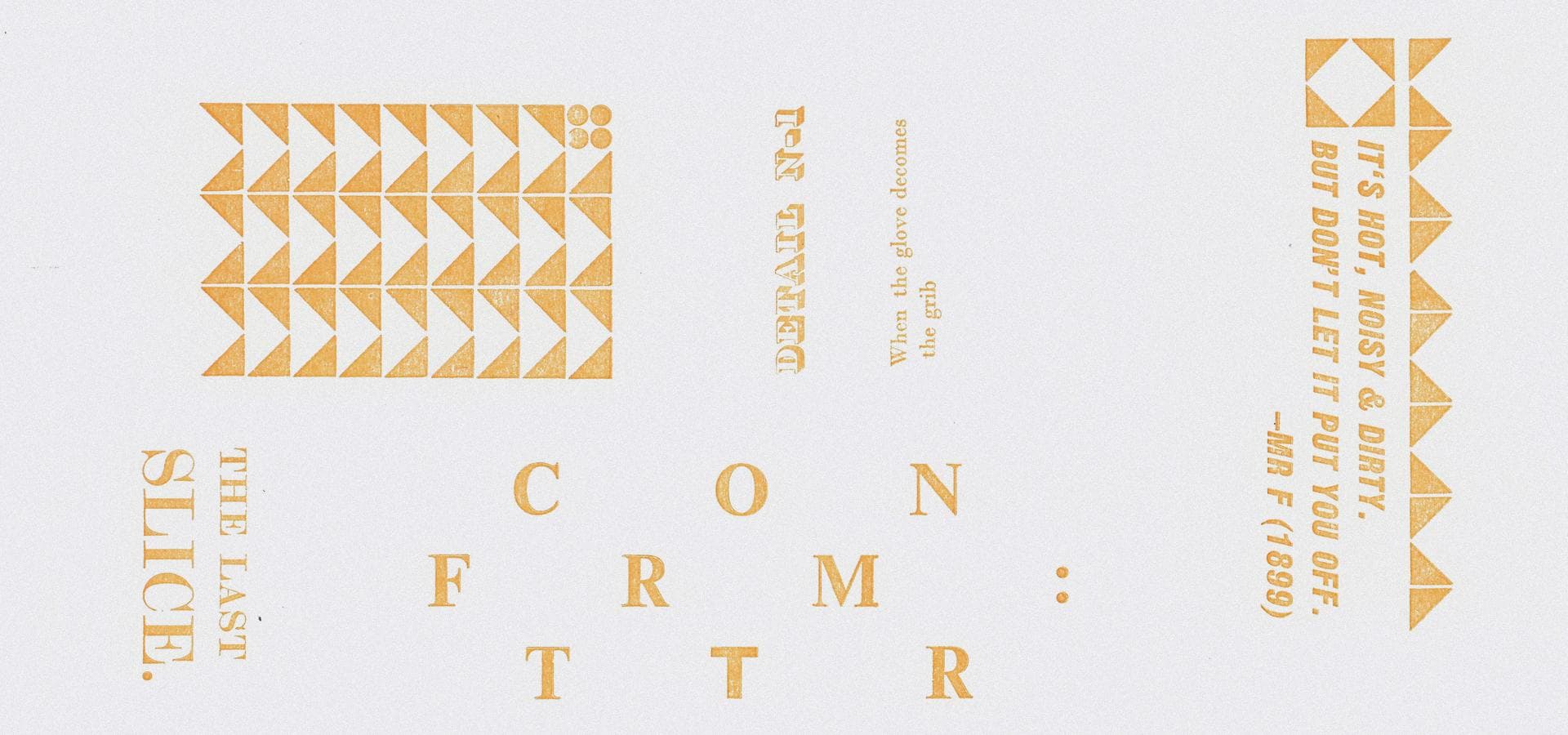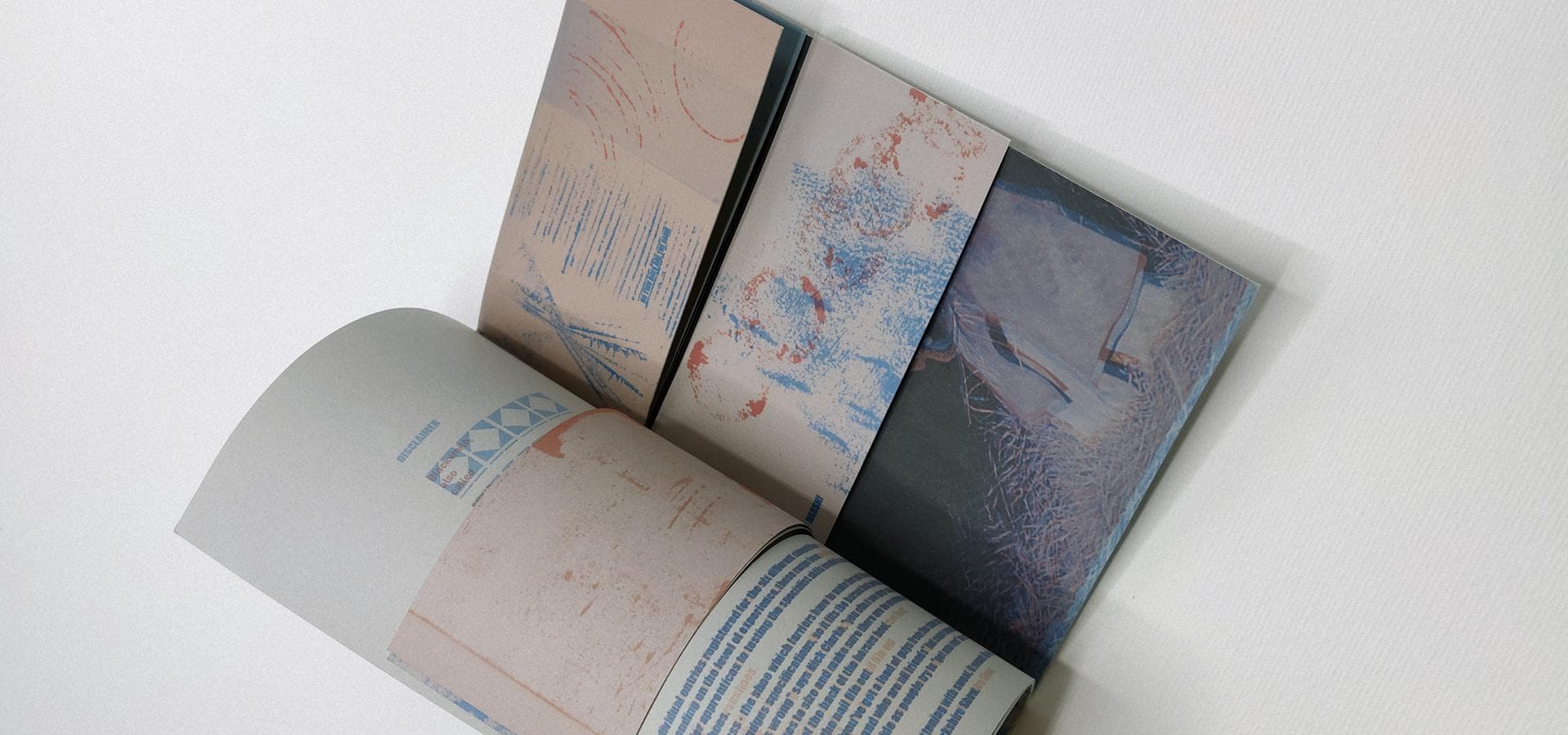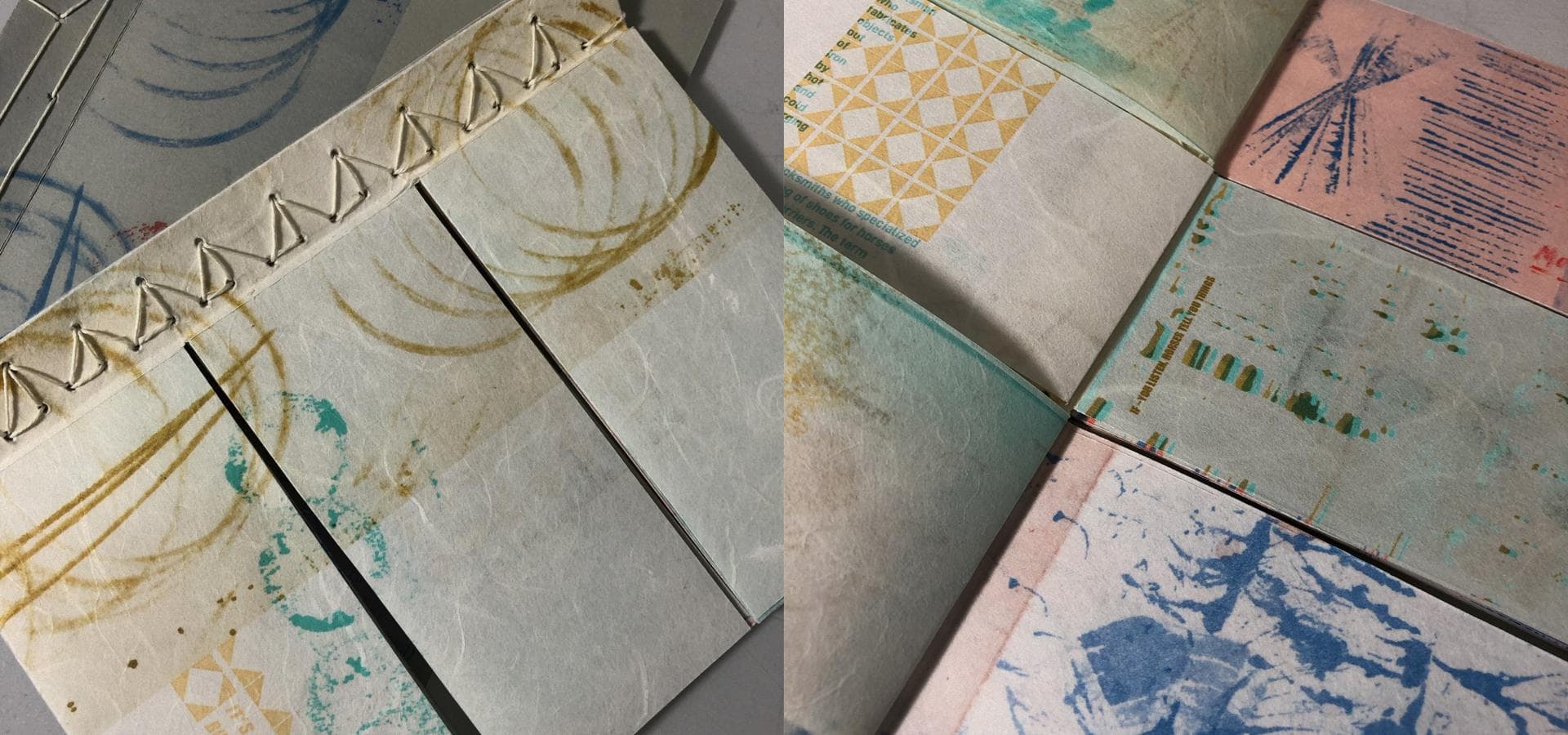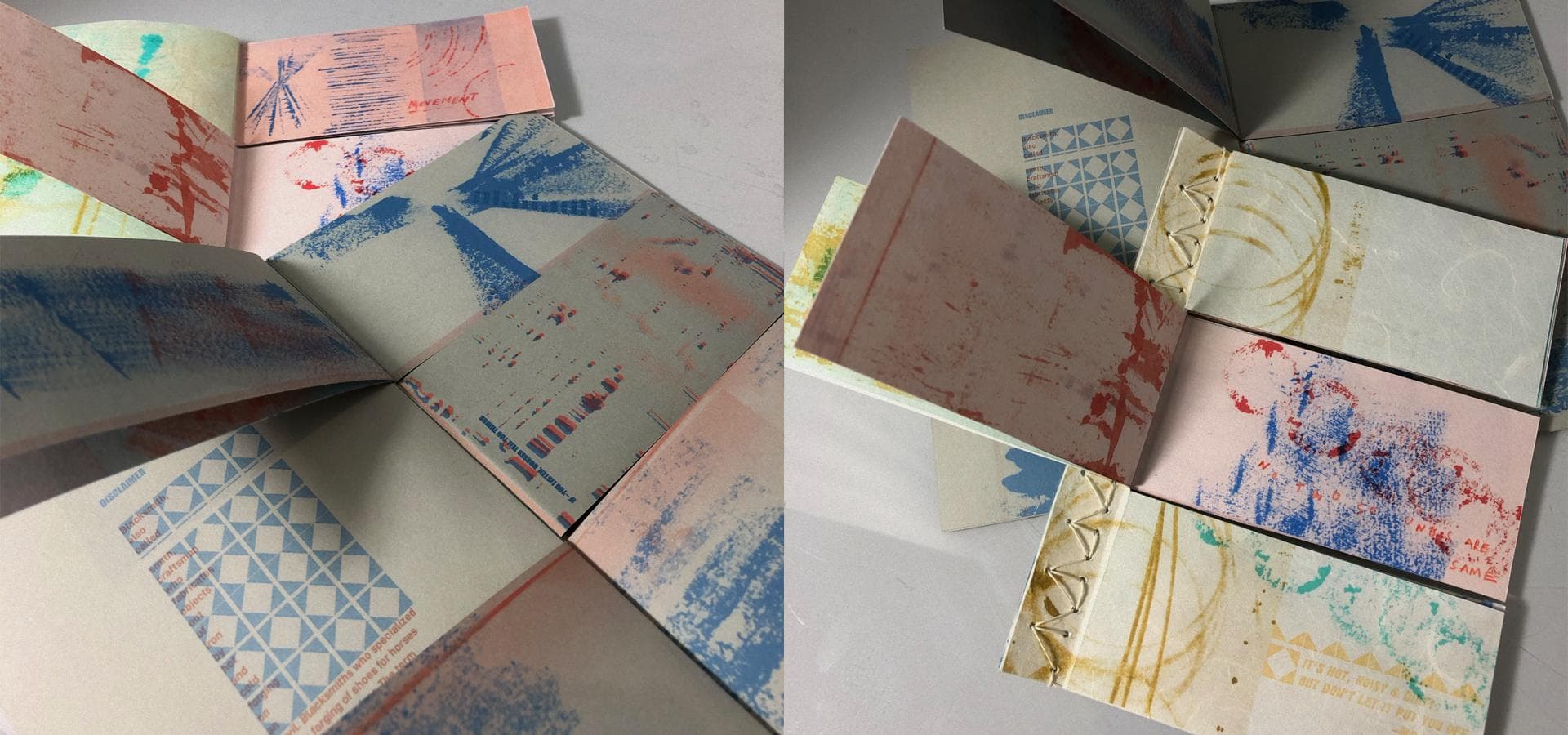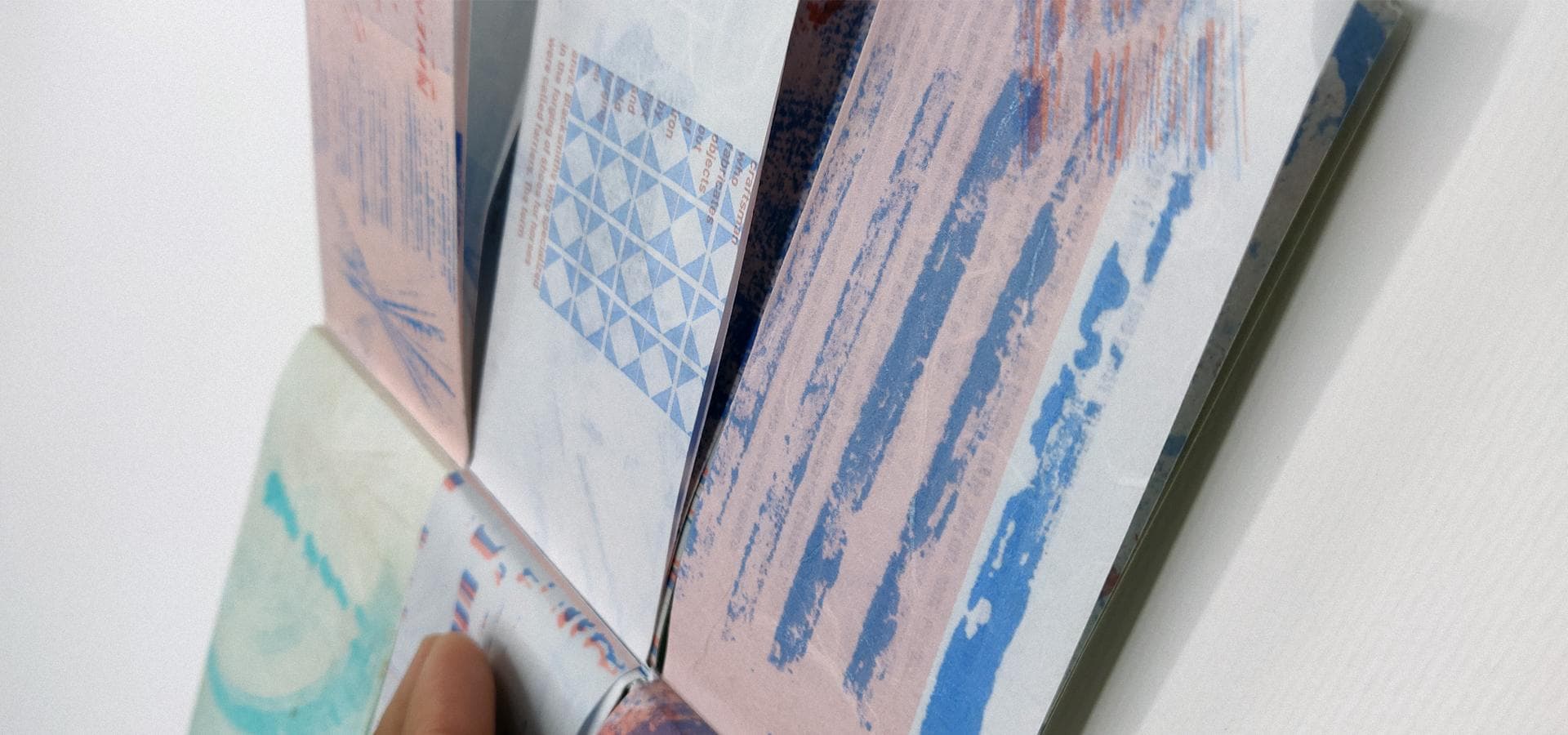Featured Works
Material Cultures
The objective was to enquire into the object handling process of revoking the touch of human labour through visual forms and design language.
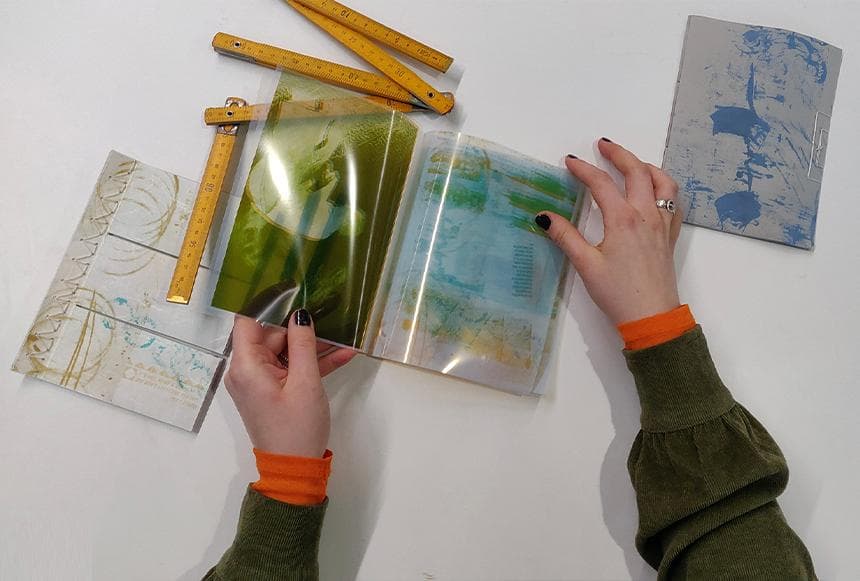
Identified from the LCC Archive of the unusual collection of objects assembled and curated by David Usborne, visual interpretations of a few objects through resonating forms captured physicality, movement, materiality and sound. The project reflects upon tactility and a forgotten world of invisible human interaction and handling. Materiality, movement and sound are the invisible aspects of human intervention required to bring an object to life. It celebrates the invisible aspects of a curated object through visual mark-making denoting the unspoken interpretation. Leaving a ‘mark’ is not possible in the complete presence of matter on a surface.
Item 1 of 3
To bridge the distance between the in-existent and the viewer, the invisible is translated into communicative visual language through the medium of publication design. A series of mark making techniques are used to visually interpret the materiality, physicality and sound of human intervention in the process of object-handling. The use of letterpress is an important factor in the process of mark making because in today’s fast paced digital age, letterpress is supposedly a dead medium. It was in fact an exciting process to explore and implement the typesetting process to communicate the aspects of object reading.
Item 1 of 4
With continuous prototyping and iterations, a visual language in publication design was developed which functioned as a key aspect in communicating the 3 aspects of the object – Farrier’s Hoof Cutter. Since the brief demanded three sections in the publication, each page was horizontally divided into three parts, instead of dividing the entire zine into three sections. This enabled the flipping of pages in a playful way, thus allowing the audience to try a number of combinations of the physicality, movement and sound. The design also symbolizes the object handling process and is in a way an interpretation of the act of object reading in itself. This expression of a functional design was essential in understanding the methodologies of obtaining a full fledged working prototype of the publication.
Item 1 of 4
The object-handling process thus revealed a lot of variations in the interpretations of the unseen stories of human intervention.
